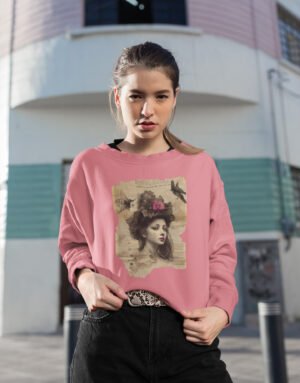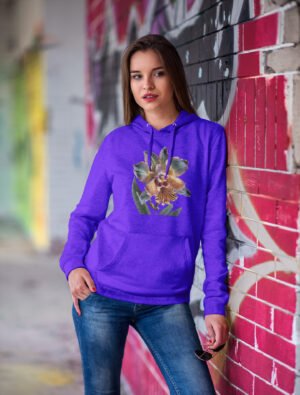This article will highlight some of the trends and innovations to watch out for when it comes to online shopping for clothing. These include AI/Machine Learning, Omnichannel, Big Data, and more.
Technology is revolutionizing fashion by automating and personalizing it, helping companies build stronger business models. It’s also revolutionizing processes across the value chain in ways that meet consumers’ demands for sustainability, inclusivity, and more.
1. AI/Machine Learning
Artificial Intelligence (AI) and Machine Learning are revolutionizing how online retailers engage with their shoppers. These technologies give e-commerce fashion websites more efficient in-site search functions, quick customer support responses, and highly personalized product recommendations.
AI can also assist fashion retailers with inventory management. They can utilize algorithms to anticipate demand for a given product, taking into account factors like its sales history, current stock levels, market movements, and promotions.
For instance, Stitch Fix – a retail subscription startup – utilizes AI to craft tailored clothing and accessory recommendations for its subscribers. Their tools analyze each user’s profile before sorting through millions of combinations to handpick items that suit both their taste and budget.
Shoppers can also discover products through visual search, which utilizes AI to recognize similar items across multiple sites and retailers. Examples include Google Lens and Pinterest’s Lens feature.
2. Omnichannel
Omnichannel provides a unified and high-quality customer experience across various channels – such as websites, mobile applications, SMS, email, and physical stores. By leveraging data from all sources simultaneously, it can automatically generate marketing content, suggest products, handle customer service issues and manage inventory in real-time.
The fashion industry is an excellent example of how an effective omnichannel retail strategy can be implemented. Instead of relying solely on store associates, leading brands are utilizing chatbots and virtual stylists to enhance their toolboxes and provide customers with superior service at every step of their shopping journey.
In an increasingly digital-driven world, businesses that want to stay ahead must adopt an omnichannel strategy. Investing in omnichannel can set your brand apart and open doors to new markets.
3. Big Data
Big Data refers to data sets that are too large for traditional data processing software to handle efficiently. These can contain vast amounts of unstructured information such as emails, video recordings, and scientific or meteorological observations.
Data sets that require special tools to interpret and act upon can be challenging to process, providing companies with useful insights that allow them to enhance their businesses.
Big data is dramatically affecting the fashion industry, and retailers who take advantage of it are reaping the rewards. They use it to analyze trends and anticipate which styles their customers will be most interested in, then use that insight to develop products tailored specifically to their shoppers’ preferences and needs.
4. Virtual Reality
Virtual try-on technology is an emerging trend that’s revolutionizing the way customers shop for clothing. It combines computer vision, artificial intelligence, recommendation algorithms, and virtual reality to offer customers a unique shopping experience that allows them to visualize how an outfit will appear on them.
In a previous post, we discussed how VR offers customers more personalized experiences when shopping for clothing online. This allows customers to visualize how items will look on them before committing, giving them insight into if these products are suitable for them.
Virtual try-on allows customers to visualize how clothes will look on them and help reduce returns for online stores. This ensures shoppers receive the correct size garment – saving businesses money and decreasing waste generated in the process.
5. Artificial Intelligence
Technology continues to advance and more people are shopping online, prompting fashion retailers to consider the potential of Artificial Intelligence. AI promises faster processing speeds, lower operational expenses, and access to valuable consumer and market data that could give them an edge in the competition.
Computer Vision can be utilized to assist shoppers in discovering the ideal clothing pieces online. This AI algorithm uses images of products to detect attributes like color, size, and style before suggesting other items similar to them.
Another significant application of AI in fashion retail is inventory management. This technology enables brands to calculate demand for a particular item by taking into account sales history, current stock levels, and market movements. Furthermore, it can predict supplier price changes and suggest ideal ordering times to reduce purchasing expenses.
The future of online shopping for clothes is heavily influenced by advancements in technology, particularly in the fields of AI and machine learning. Retailers are relying on machine learning algorithms to capture and analyze big data, in order to deliver personalized experiences to customers across omnichannel platforms. Moreover, virtual and augmented reality technologies are being trialed to enhance the shopping experience. It is clear that artificial intelligence will play an even greater role in the future of online shopping for clothes.





